In today’s digital age, creating shareable content is the golden key to unlocking vast online visibility. We’ve all seen posts go viral, but what’s the secret sauce behind them? It’s not just about crafting something; it’s about igniting conversations and building connections. Let’s dive into the art of making content that people can’t help but share.
Table of Contents
Key Takeaways
- Shareable content is vital for enhancing online visibility, fostering community, and driving audience engagement. It relies on authenticity and relevance to spark conversations and encourage sharing.
- Understanding the audience’s needs and interests is crucial in creating content they are likely to share. Utilize analytics, social insights, and direct feedback to tailor content that resonates with your audience.
- The right format matters in increasing shareability. Experiment with blogs, infographics, videos, and interactive content to find what best appeals to your audience and encourages engagement.
- Compelling, clear, and curiosity-inducing headlines are essential for capturing attention and driving shares. Incorporate numbers, questions, or powerful adjectives for maximum impact.
- Visuals and multimedia significantly boost the shareability of content by enhancing engagement and making complex information easier to digest. Optimize these elements for both user experience and SEO.
- Emotional appeal strengthens the connection between content and audience, making it more relatable and shareable. Balance emotional content with informative value for maximum impact.
The Importance of Shareable Content
In the digital age, shareable content is the keystone of successful online marketing strategies. It’s not just about getting our message out there but ensuring it resonates enough to be passed along.
Let’s face it, the competition for attention online is fierce. Every day, millions of pieces of content are uploaded across various platforms. Standing out requires more than just quality; it demands shareability.
When our content is shared, it achieves what paid ads often can’t – authentic endorsement. This endorsement not only amplifies our reach but also builds trust with new audiences. Trust is a scarce commodity online and shared content comes with a built-in recommendation that advertisements lack.
Moreover, shareable content tends to spark conversations and foster community. It’s these conversations that elevate our brand from being just another entity on the web to a relevant participant in our audience’s daily lives.
Here’s the thing: shareable content drives traffic. As people share our content, it naturally leads to increased visits to our website. This isn’t just any traffic; it’s highly targeted and engaged traffic, the kind that is far more likely to convert into subscribers, customers, or fans.
Furthermore, search engines love shareable content. As more people link to our content, it improves our SEO rankings, making it easier for new audiences to discover us.
In a nutshell, the importance of creating shareable content cannot be overstated. It’s the catalyst for organic growth, brand loyalty, and ultimately, our online success. We’re in it to create content that doesn’t just sit there but ignites conversations and makes people feel connected enough to click that share button.
Understanding Your Audience
To create shareable content, it’s vital we understand our audience’s needs and interests. Knowing what resonates with them is the first step toward generating content they’ll want to share.
We start by analyzing demographic data. This includes age, location, and interests. Such information helps in tailoring our content to match their preferences.
Social media platforms offer insights into what our audience engages with most. We look at which posts receive the most likes, comments, and shares.
Engagement metrics guide us in identifying topics that spark interest. High engagement indicates a topic’s relevance and potential for shareability.
We also consider our audience’s challenges and how our content can offer solutions. Providing valuable, actionable advice fosters trust and encourages sharing.
Polls and surveys are invaluable tools for direct feedback. They allow us to ask our audience what they want to see more of.
Understanding seasonal trends impacts the shareability of our content. Holiday-related posts, for instance, often see higher engagement rates.
By combining these strategies, we gain a comprehensive understanding of our audience. This knowledge informs our content creation, ensuring it’s both relevant and shareable.
As we adapt to our audience’s changing preferences, we stay ahead in creating compelling, share-worthy content.
Choosing the Right Topics
When venturing into content creation, selecting the right topics is crucial for shareability. We know that content resonates more when it aligns with our audience’s interests and challenges. To ensure this alignment, we dive deep into understanding what makes our audience tick.
This process involves analyzing engagement metrics across our digital platforms. We look at which posts generate the most interaction and discussion. We also keep an eye on trending topics within our industry, ensuring we’re always a step ahead.
Surveys and feedback forms serve as direct channels of communication with our audience. They provide invaluable insights into our followers’ preferences and pain points. By regularly engaging with our audience, we uncover new topics that might not have been immediately obvious.
Another strategy we rely on is competitor analysis. We monitor what content is working well for similar brands in our space. This doesn’t mean copying what others are doing. Instead, it’s about understanding the landscape and finding our unique angle on popular subjects.
We also consider SEO keywords and phrases that are relevant to our niche. Incorporating these into our content improves discoverability. This way, when our audience searches for these terms, our content is more likely to appear in their search results.
In our journey, we’ve learned that versatility in content types—such as blogs, infographics, and videos—can broaden our appeal. Different formats attract different segments of our audience. They also offer fresh ways of presenting information, making our content more engaging and shareable.
By focusing on topics that matter to our audience, we craft content that’s not just seen but shared. It’s a continuous process of learning and adaptation, but one that keeps our content strategy dynamic and our audience engaged.
Format Matters: Finding the Perfect Medium
When it comes to making our content shareable, we can’t overlook the importance of choosing the right format. Different audiences consume content in various ways. By understanding these preferences, we ensure our message reaches them effectively.
Blogs serve as a powerful tool for in-depth exploration of topics. They’re ideal for storytelling and providing valuable insights. Yet, for those seeking quick information, infographics offer a visually engaging solution. Infographics distill complex ideas into easily digestible visuals, making them highly shareable.
Videos, on the other hand, have become the most engaging content type on the web. They blend visuals and audio, offering a dynamic way to present information. Social media platforms favor video content, often boosting their reach organically.
Podcasts cater to the growing number of people who prefer listening over reading. They’re perfect for in-depth discussions and can be consumed on the go, making them a convenient choice for busy audiences.
Interactive content, such as quizzes and polls, fosters engagement by involving the audience directly. This format not only entertains but also collects valuable feedback and data.
Choosing the right medium for our content requires us to understand our audience deeply. We consider their preferences, habits, and the platforms they frequent. By aligning our content with these factors, we significantly increase its shareability.
Experimenting with different formats is key to discovering what resonates best with our audience. We track engagement metrics and adapt our strategy accordingly. This approach ensures our content remains fresh, engaging, and, most importantly, shareable.
Crafting Attention-Grabbing Headlines
Crafting the perfect headline is integral to making your content shareable. It’s the first impression and often the deciding factor in whether someone clicks through to your article or scrolls past. Headlines should pack a punch; they need to be compelling, curious, and clear all at once. We’ve learned that headlines which pose a question or promise to solve a problem tend to perform exceptionally well.
Including numbers or data points in your headline can increase trust and curiosity. For instance, “10 Proven Strategies to Increase Your Social Media Engagement” is more enticing than a vague promise. Keywords play a crucial role, not just for SEO, but for aligning with what our audience is actively searching for. We always ensure our headlines reflect the language our audience uses.
Creating a sense of urgency or exclusivity can also work wonders. Phrases like “Limited Time Offer” or “Expert Tips You Can’t Miss” encourage quick engagement. Testing different headline styles is something we continuously do. A/B testing headlines on social platforms has given us insights into what resonates best with our audience. This practice helps us refine our approach and keep our content strategy dynamic.
We often look to our most shared content to understand what worked. Analyzing the headlines of our top-performing posts reveals patterns and preferences unique to our audience. By staying in tune with these trends and preferences, we’re able to craft headlines that not only capture attention but also encourage sharing.
Remember, a powerful headline is the gateway to your content. It’s what stands between a potential reader and the valuable information you’ve worked hard to compile. We consider headline creation an art and science, one that’s crucial to the success of our content.
Engaging Visuals and Multimedia
Visuals and multimedia are non-negotiable elements in generating shareable content. They instantly grab attention. Our brains process visual information 60,000 times faster than text, making images and videos powerful tools for storytelling. Not only do they make the content more digestible, but they also enhance the overall user experience. This, in turn, encourages sharing.
Including images, infographics, and videos can significantly increase engagement. For instance, posts with images get 94% more views than those without. Infographics have the potential to increase web traffic by up to 12%. Meanwhile, videos can generate a 157% increase in organic traffic from SERPs. It’s clear that incorporating varied multimedia elements can dramatically boost the shareability of content.
It’s also vital to optimize these visual and multimedia elements for search engines. This includes using descriptive filenames, alt text, and ensuring that videos are easily accessible and load quickly. By optimizing visuals, we not only enhance user experience but also improve our content’s visibility online.
Experimentation is key in identifying what resonates most with our audience. Testing different types of visuals and multimedia formats can reveal valuable insights. Whether it’s short-form videos, detailed infographics, or compelling images, understanding our audience’s preferences helps us create more engaging and shareable content.
Interactive elements such as polls, quizzes, and interactive infographics can also elevate content. They actively engage users, making the content more memorable and shareable. Engaging our audience in this manner not only boosts engagement metrics but also fosters a deeper connection with our content.
The Power of Emotional Appeal
When creating shareable content, it’s crucial we tap into the power of emotional appeal. Content that resonates on an emotional level with audiences is more likely to be shared. This is because emotions drive human behavior and decision-making. Emotional content forms a direct bridge between the message and the audience’s heart.
We’ve noticed that content eliciting strong emotions, whether joy, surprise, or even sadness, has a higher shareability factor. It’s not just about making people feel; it’s about connecting those feelings to something memorable. By crafting content that strikes an emotional chord, we’re essentially making our message more relatable. Relatability leads to engagement, and engagement leads to sharing.
There are several ways we achieve this. Storytelling is one of the most effective methods, as stories naturally evoke emotions. They allow us to present our message in a way that’s not only informative but also emotionally engaging. Another strategy is the use of imagery and videos, as visuals can convey emotions more intensely than words alone.
Utilizing positive emotions can make our content more appealing and, therefore, more shareable. People are drawn to content that uplifts them and makes them feel good. However, it’s important to employ a mix of emotions to keep the content diverse and engaging.
Balancing emotional appeal with informative value ensures our content is not only compelling but also valuable. This balance is what turns good content into great, shareable content. By understanding our audience’s emotional triggers, we can craft content that not only captures attention but also retains it long enough to encourage sharing.
Mastering the art of emotional appeal is not an overnight process. It requires constant experimentation and an in-depth understanding of our audience. But once we get it right, the impact on shareability is undeniable.
Utilizing Social Media Platforms
Social media platforms are crucial for maximizing the visibility of our content. Each platform has its unique audience and best practices for engaging them. We must tailor our content to fit the format and style of the platform we’re using. For example, Instagram and Pinterest favor high-quality, visually appealing images and videos.
While LinkedIn is more suited for professional content and longer articles. Twitter, on the other hand, is all about brevity and immediacy. It’s important to understand the algorithm of each platform. Platforms like Facebook and Instagram prioritize content that generates interaction, such as comments and shares.
Creating platform-specific content can significantly increase our content’s shareability. We shouldn’t just cross-post the same content across all platforms. Instead, adapt it to meet the expectations of each platform’s audience. Engaging with our audience is just as crucial as the content itself. Responding to comments, asking questions, and participating in relevant conversations can boost our visibility.
Leverage hashtags wisely to expand our reach beyond our immediate followers. But remember, the relevance of hashtags can vary greatly between platforms. On platforms like TikTok, trends come and go with lightning speed. Staying on top of these trends can give our content a viral boost. But it’s essential to only participate in trends that align with our brand and message.
Utilizing social media platforms effectively requires a balance. We’ve got to be authentic yet strategic, engaging yet focused on our goals. By understanding and leveraging the strengths of each platform, we can create content that’s not just seen but shared across the digital landscape.
Encouraging User-generated Content
Encouraging user-generated content (UGC) dramatically amplifies our content’s reach and authenticity. UGC encompasses anything created by users, like reviews, testimonials, photos, or videos. This type of content acts as a powerful endorsement, promoting trust among our audience. It’s more relatable, driving increased engagement and shareability.
We can spark UGC by hosting contests or challenges that incentivize audience participation. These competitions should be easy to enter but engaging enough to inspire creativity.
Another effective strategy is featuring user-generated content on our own channels. When users see their contributions being shared, it motivates them and others to participate more actively.
Creating hashtags for campaigns can streamline UGC. Hashtags make it easier to find and share user contributions, building a community around our brand.
We also encourage users to share their experiences with our products or services. Asking questions and prompting stories generates a wealth of authentic content that’s ripe for sharing.
Leveraging polls and surveys is another way to engage users. Not only do they provide valuable feedback, but they also make the audience feel involved in our journey.
By making the process of contributing content as simple as possible, we lower barriers to participation. This ensures a steady stream of UGC, enriching our content strategy.
It’s crucial to recognize and thank our community for their contributions. A simple acknowledgment can go a long way in fostering loyalty and encouraging further engagement.
Implementing these strategies effectively requires a mix of creativity, encouragement, and gratitude. By nurturing a culture of contribution, we unlock a powerful tool in creating shareable content.
Analyzing and Optimizing Shareable Content
Once we’ve crafted shareable content, our job isn’t done. We then dive into the analytics to understand what’s resonating with our audience. Analyzing performance metrics is key to recognizing patterns in highly shared content. We look at shares, likes, comments, and reach to identify our top-performing pieces. This data informs our future content creation, making it more targeted and shareable.
But analysis alone isn’t enough. We must optimize based on our findings. If videos are our most shared format, we’ll focus more on video content. Should a particular topic trend within our audience, we’ll explore it further in upcoming posts. Optimization also involves refining our content’s SEO to improve visibility in search engine results.
We also consider user feedback as a goldmine for optimization. Comments and direct messages can offer insights into what our audience wants more of. Engaging with our audience can highlight areas for improvement that analytics might miss. This direct line to our audience’s preferences is invaluable for tailoring our content.
Another crucial step is A/B testing different elements of our content. Headers, images, and calls to action can all affect shareability. By testing variations, we identify what works best and apply these learnings across all our content. A/B testing helps us fine-tune our approach, ensuring our content continues to be not just seen but shared.
Lastly, we keep an eye on evolving digital trends and platform algorithms. What worked yesterday might not work tomorrow. Staying ahead means constantly adapting our content strategy to align with these changes. This agility allows us to maintain and grow our content’s shareability over time.
In our quest to create shareable content, analyzing and optimizing are continuous processes. They ensure that our content not only reaches but resonates with our audience, driving engagement and shares. These practices are fundamental to keeping our strategy dynamic and our audience engaged.
Conclusion
Crafting shareable content is an art and a science that demands our continuous attention and creativity. By understanding our audience’s needs, experimenting with different formats, and tapping into the emotional core of our messages, we can create content that not only resonates but also compels sharing. It’s about striking the perfect balance between informative and emotionally appealing content that aligns with the unique preferences of each social media platform. Encouraging user-generated content and staying engaged with our community further amplifies our reach and authenticity. As we analyze and optimize our strategies, we’re not just keeping pace with digital trends—we’re setting them. Let’s keep pushing the boundaries of what’s possible with shareable content to not only achieve our marketing goals but also foster a deeper connection with our audience. Together we can create content that’s not just seen but shared widely and enthusiastically across the digital landscape.
Frequently Asked Questions
What makes content shareable in the digital age?
Shareable content must be of high quality and resonate with the audience enough to be shared. It amplifies reach, builds trust, sparks conversations, fosters community, and drives targeted traffic. Shareable content is favored by search engines, improving SEO rankings.
How can I ensure my content is relevant and shareable?
To create shareable content, understand your audience’s needs and interests by analyzing demographic data, engagement metrics, and seasonal trends. Tailor content to be relevant and engaging by choosing the right topics, incorporating relevant SEO keywords, and experimenting with different formats.
What role do headlines play in creating shareable content?
Headlines are crucial for the success of content. They should be compelling, curious, and clear, possibly incorporating numbers or data points. Experimenting with different styles and analyzing top-performing posts can help refine headlines to encourage sharing.
How important are visuals and multimedia in shareable content?
Engaging visuals and multimedia are essential for grabbing attention and enhancing the user experience. Including images, infographics, videos, and interactive elements like polls or quizzes can significantly increase engagement and make content more shareable.
How can emotional appeal increase content’s shareability?
Content that resonates on an emotional level is more likely to be shared. Emotions drive human behavior and decision-making. By crafting content that strikes an emotional chord, you make your message more relatable and compelling, thereby increasing its shareability.
How should social media platforms be utilized for maximizing content visibility?
Tailor content to fit each social media platform’s format and style. Understand each platform’s algorithm and prioritize content that generates interaction. Engage with the audience by responding to comments and participating in conversations, and leverage hashtags wisely.
What is user-generated content and how can it enhance shareability?
User-generated content (UGC) includes anything created by users, such as reviews or photos. It acts as a powerful endorsement, making content more relatable and shareable. Encouraging UGC through contests, featuring it on your channels, and creating hashtags can dramatically amplify content’s reach.
How can analyzing and optimizing content improve its shareability?
Analyzing content involves understanding what resonates with your audience through analytics and feedback. Optimizing involves A/B testing different elements and staying ahead of digital trends. This continuous process ensures content remains relevant, engaging, and shareable.


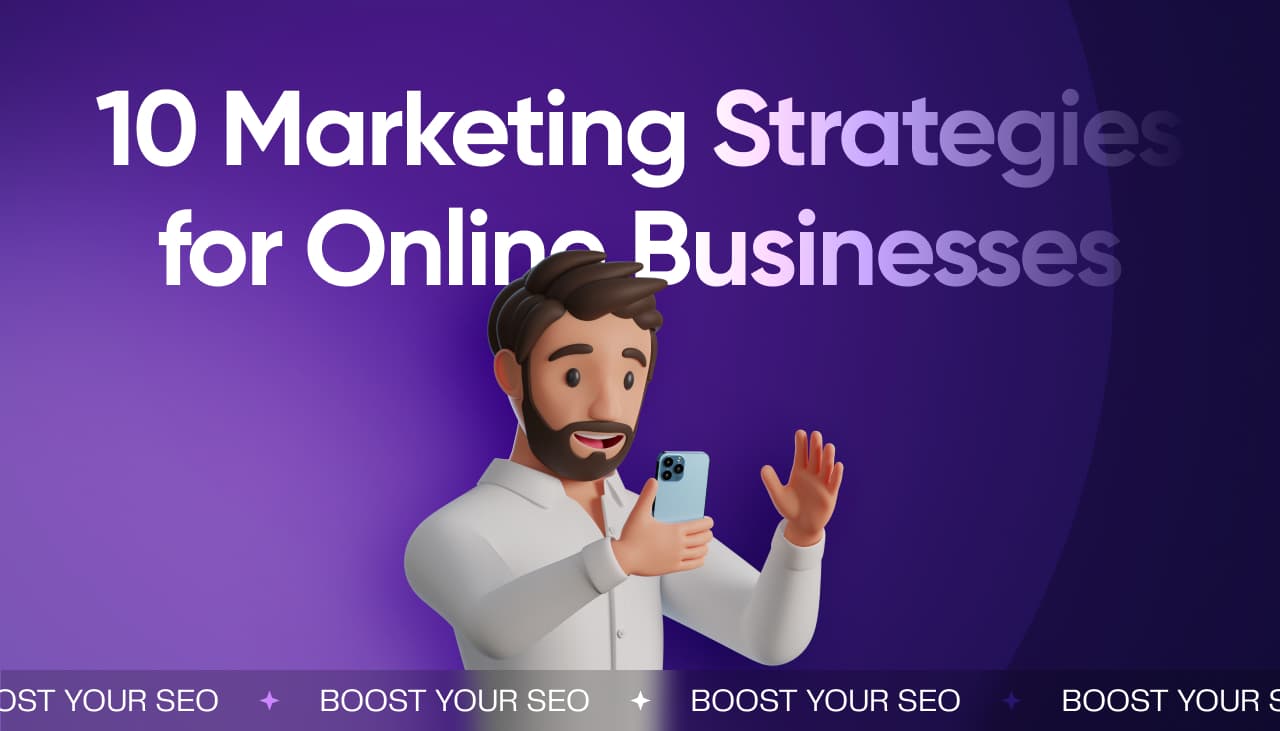







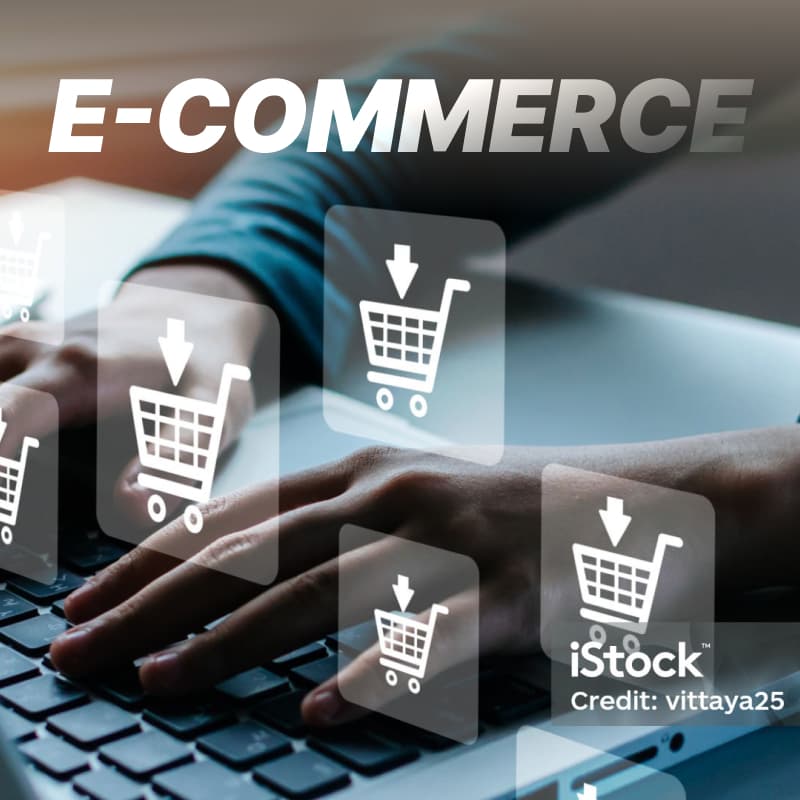


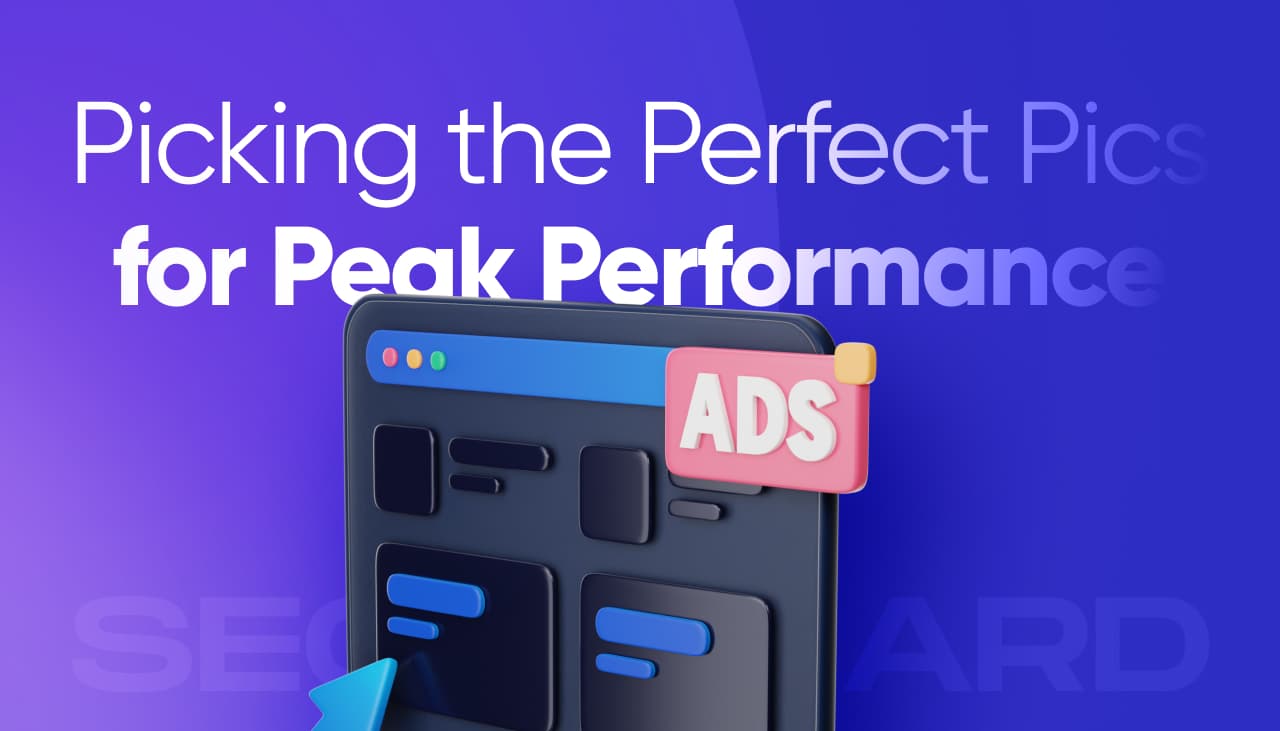

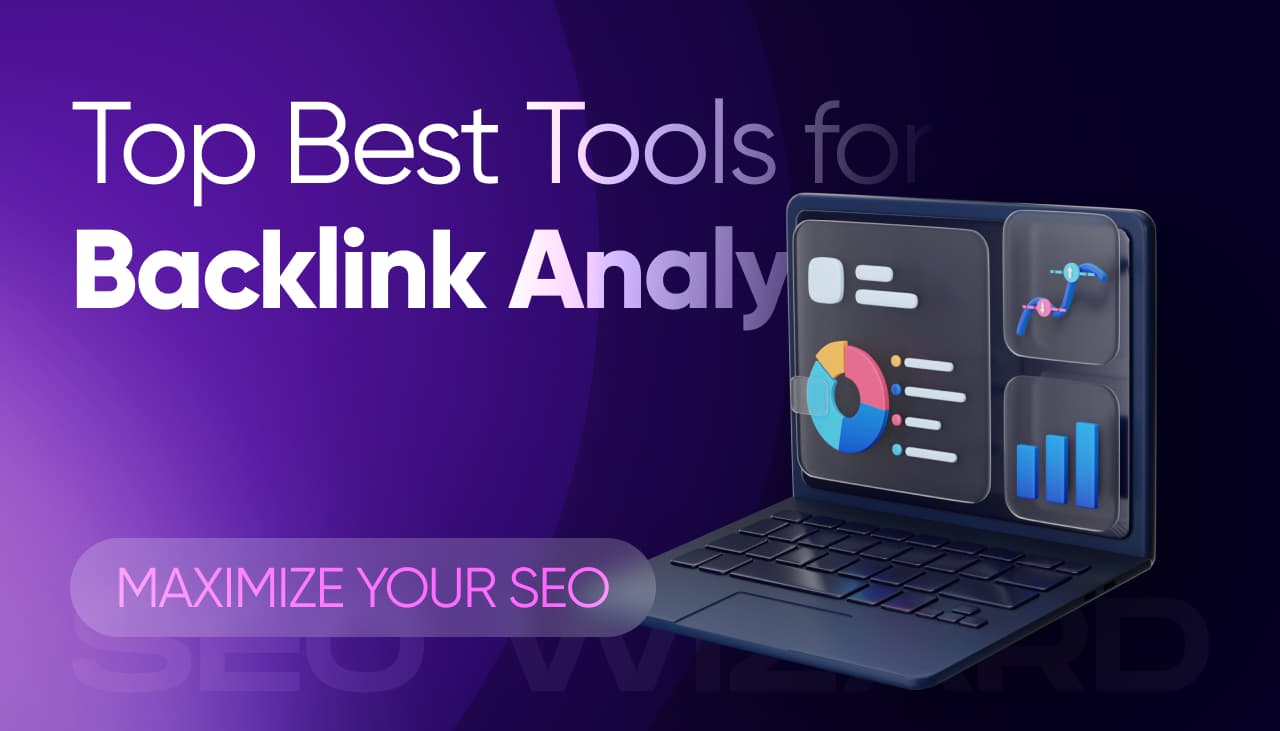


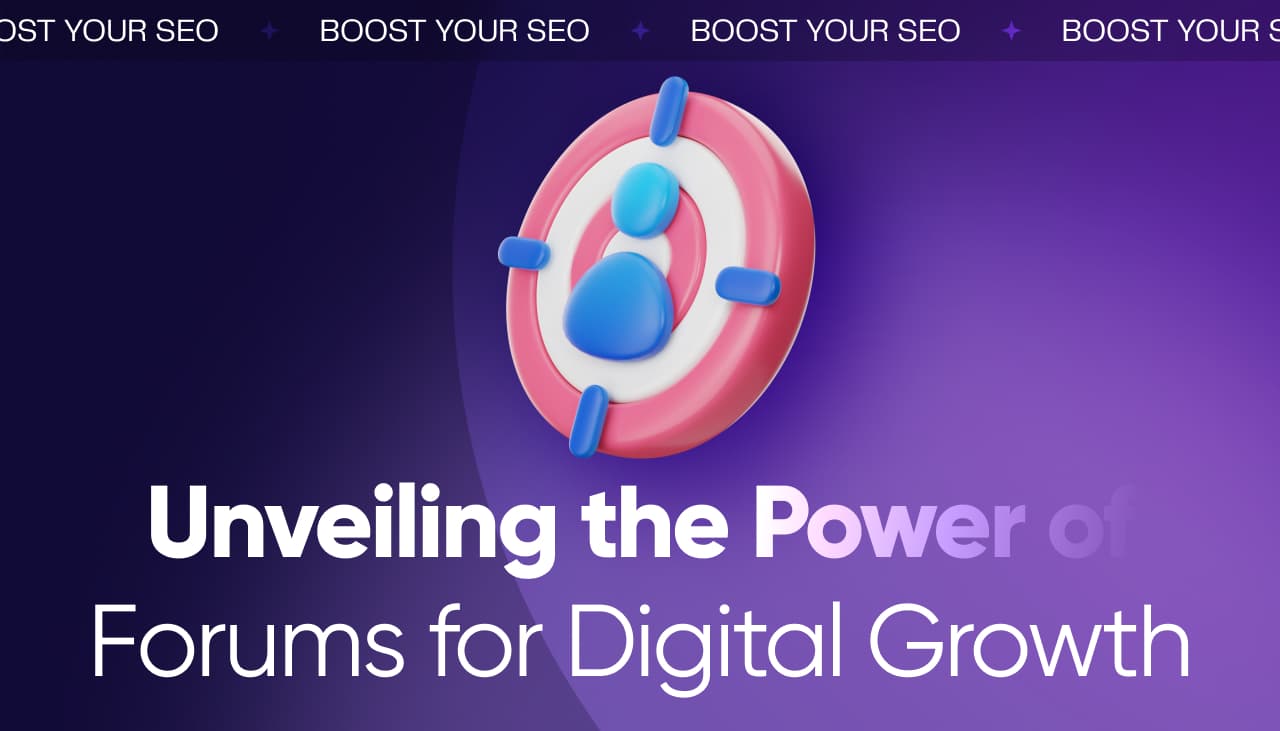
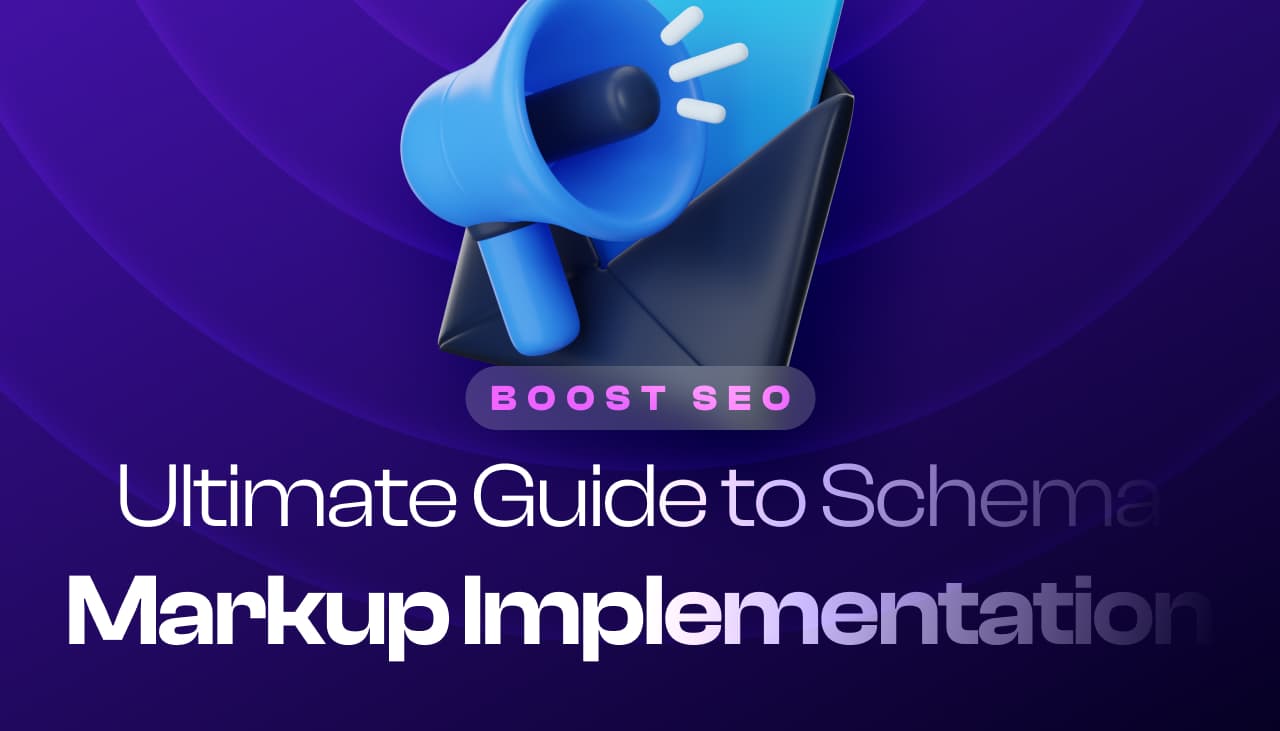
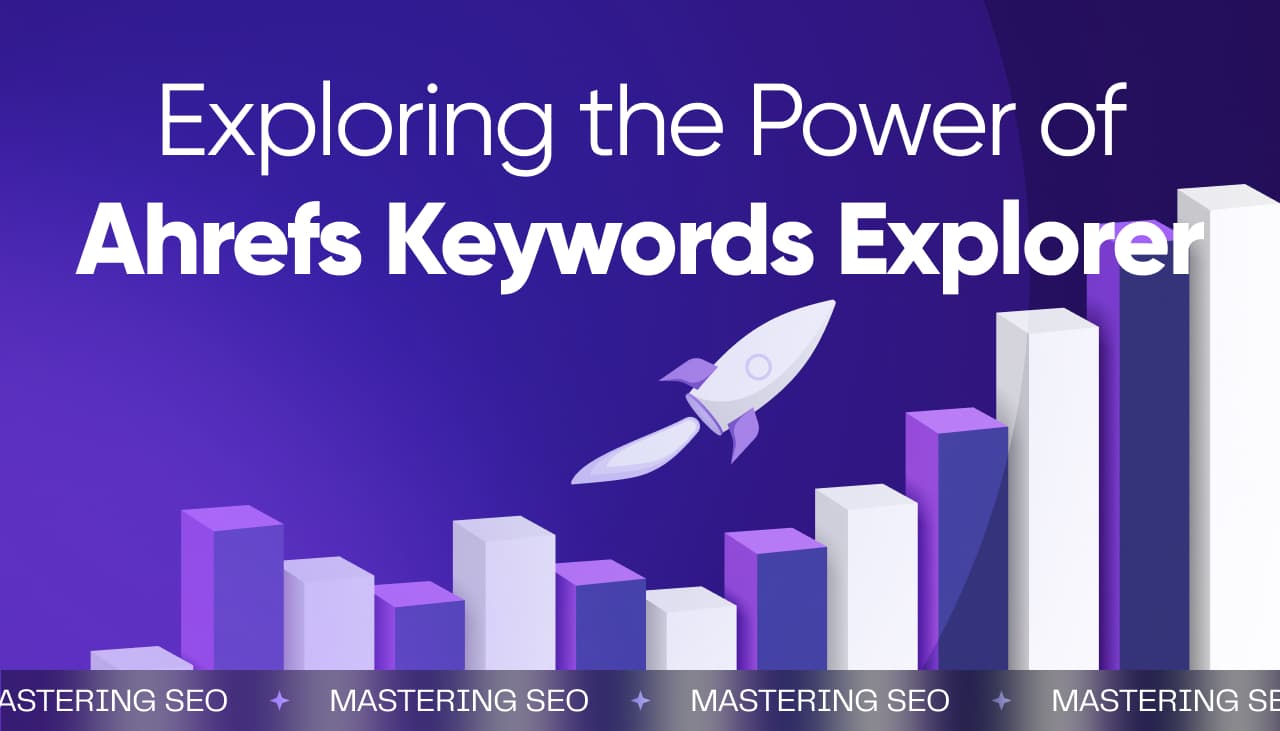
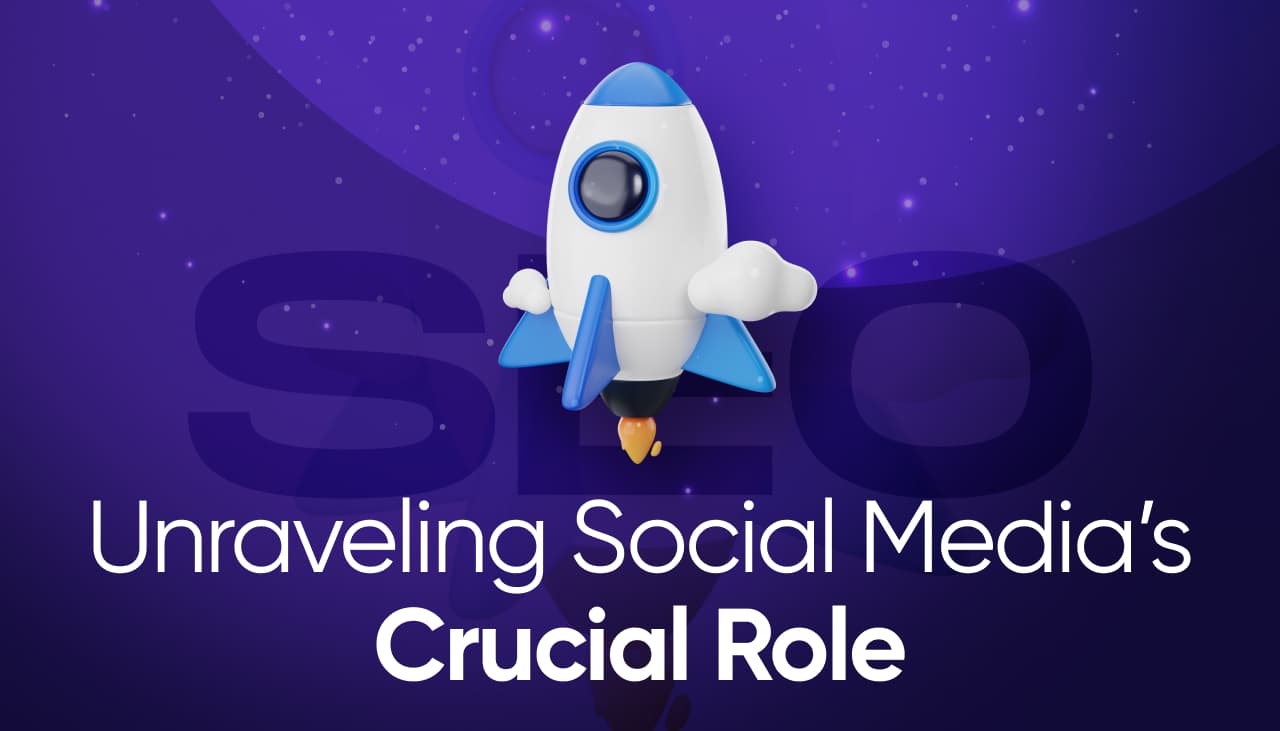
Responses (0 )